Hitter Spotlight: Aaron Takacs
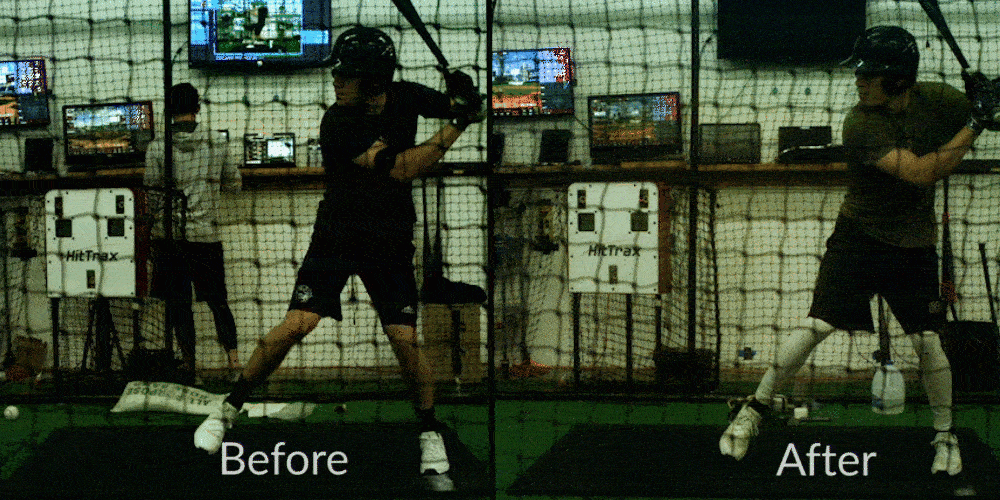
After graduating from Montreat College, where he slashed .314/.437/.455 en route to capping off an impressive 4-year collegiate campaign , Aaron Takacs invested in himself and made the cross country trip from his hometown of Oviedo, FL, to Driveline Baseball in Seattle, WA.
“I found out about Driveline mostly through social media a few years ago,” Takacs said. “With stuff like Live ABs and the pitch design videos.
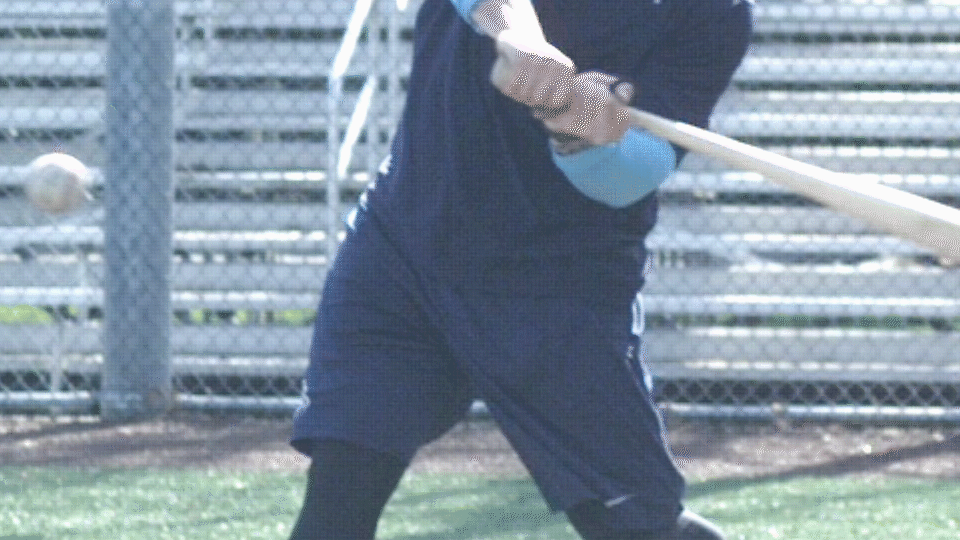
Become the Hitter You Want To Be
Train at Driveline
“The biggest pull for me to finally head there was just wanting to surround myself with guys like me, wanting to get better, the hunger for knowledge, environment, skill, work ethic, it was all there and it was a place I could sell out for myself and have everyone around me doing the same. It’s just a different level that I know I can play at and want to play at.”
Hitting Assessment
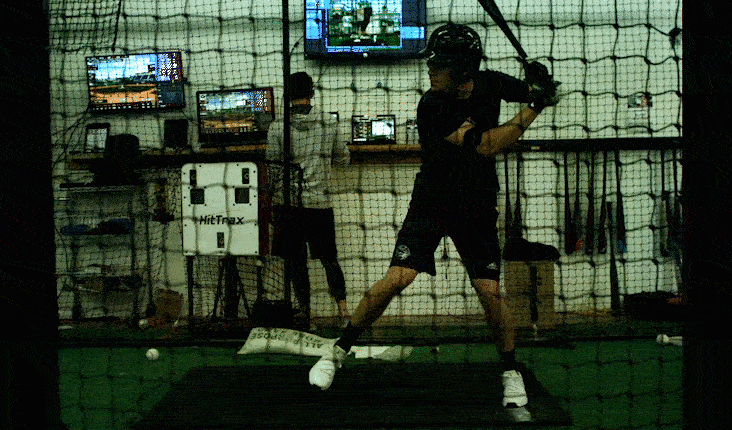
Day 1 Assessment
Batted Ball Data
The first thing that stood out was Aaron’s 49% Hard Hit Rate (hhr):
- Hard Hit Rate = The % of balls hit within 10% of a player’s peak exit velocity
- Aaron’s was more than 2x the Driveline in-gym average
Aaron has that innate ability to consistently put the barrel on the baseball. His Average Launch Angle of Hard Hit Balls (avg_la_hhb) is solid as well at 12.67. This tells us that his hardest-hit balls are on a line drive trajectory.

When it came to improving, the lowest hanging fruit for Aaron was learning how to hit the ball harder and increasing his launch angle to the pull side.

The below graph shows horizontal launch angle (HLA) vs. average launch angle (LA).
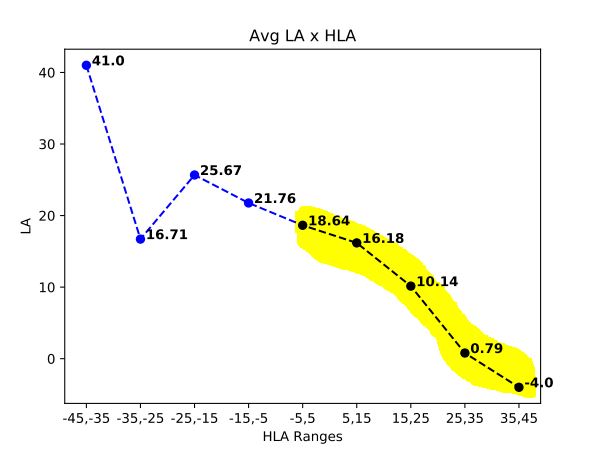
In this graph:
- -45 = left field foul pole
- 45 = right field foul pole
- As Aaron pulls the ball closer to the RF pole foul, his launch angle steadily decreases (15-35 is a good launch angle range for pulled balls)

The next graph shows horizontal launch angle (HLA) vs. exit velocity (EV). The blue line is peak EV and the red line is average EV. Aaron’s hardest-hit balls are to the pull side, which is great, but due to the launch angle trend revealed in the previous graph, a lot of these balls are hit on the ground. Essentially, he is not maximizing his production when he pulls the baseball…but we can fix this!
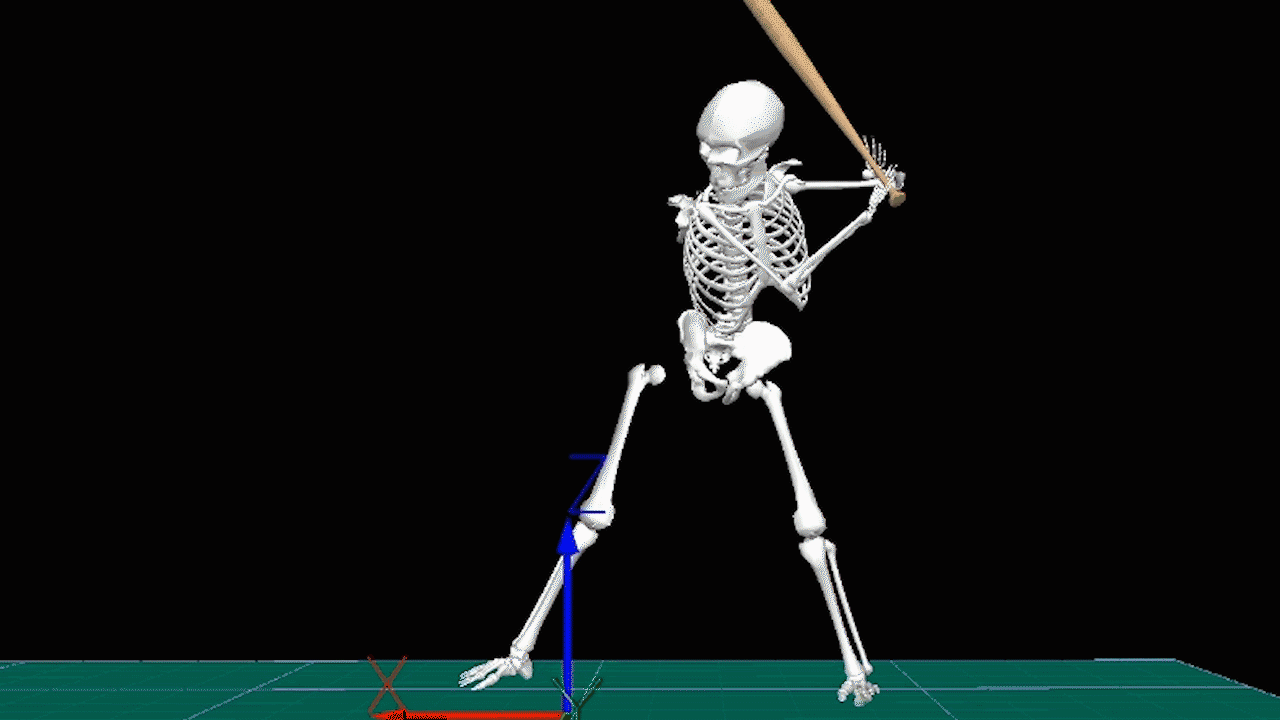
Foundations of Hitting
30 modules teaching you everything we know about hitting and hitting mechanics.
“The assessment process was sweet,” Takacs said. “It was a lot of fun to really see what I’m good at and what I’m not, and having all of that be proven and quantified through multiple sources of data. Stuff as simple as mobility and stability all the way to how hard and far I can hit the ball. It creates a mindset that I love being able to bring to the gym and do my best every day. Then after the assessment, there’s a process and plan to build my weaknesses into strengths and make my best even better.”
K-Vest Data
The main thing that stood out from Aaron’s K-Vest graphs was how he manipulates his posture throughout the swing phase:
- From heel strike to contact, Aaron goes from 20’ of torso forward bend to 52’ of torso side bend
- Ideally we look for torso forward bend at first move to be slightly greater than or equal to torso side bend at contact. Aaron’s side bend was consistently double the amount of forward bend
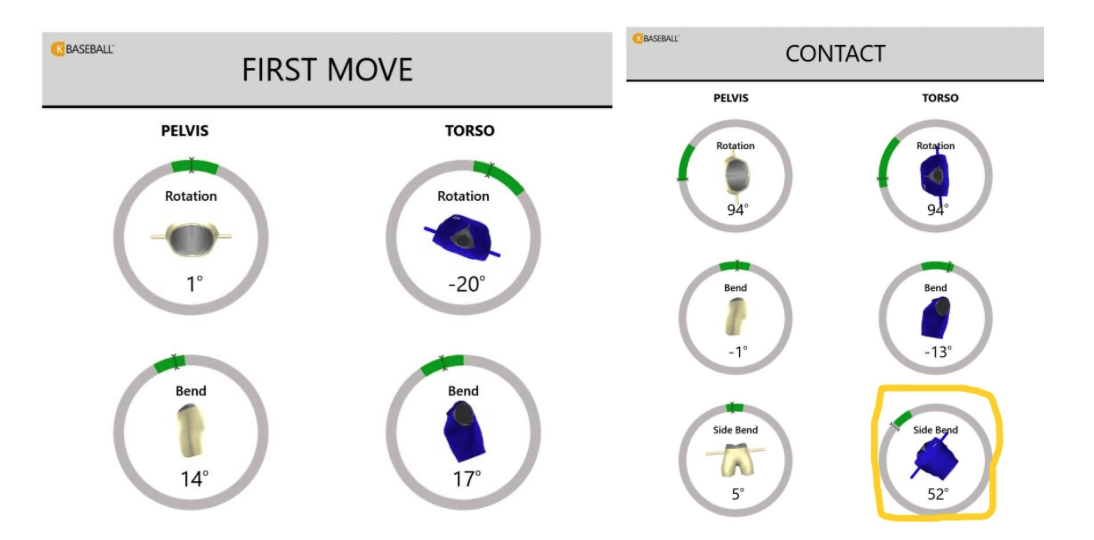
K-Vest Data from Day 1 Assessment
During his assessment week, Aaron was gaining 20+ degrees of bend from first move to contact on almost every swing. Excessive gain of side bend can sometimes cause the hands to reach peak rotational speed before the torso. What this looks like is the lead arm and torso rotate together, as opposed to rotating independently of each other.

K-Vest Data from Day 1 Assessment
When the hands cross the midline of the body early, a hitter can have trouble consistently pulling the ball in the air. Instead, many of the player’s pulled balls can be top-spun line drives or ground balls.
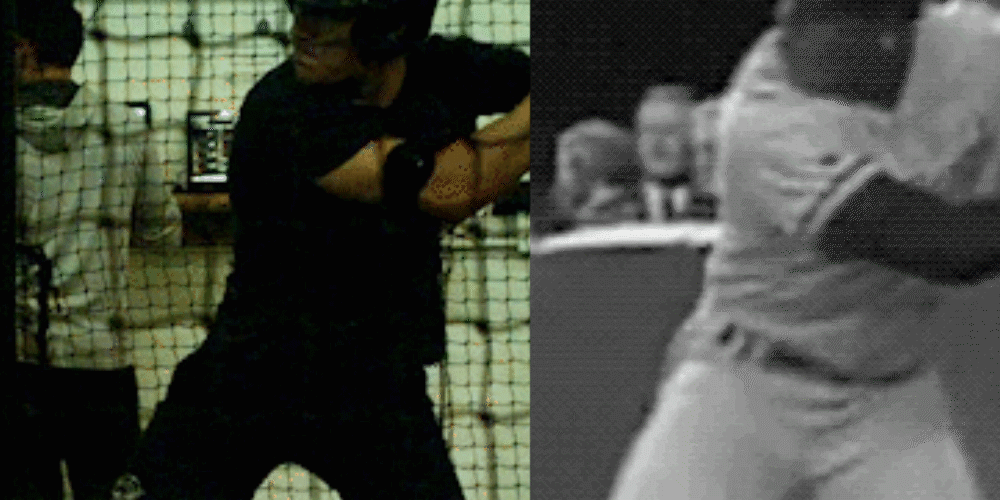
On the left below is a more exaggerated example of what pushing the hands forward looks like. The side-by-side of a push versus the clean sequence of Barry Bonds helps to understand the difference between how each body is moving the barrel through the zone.
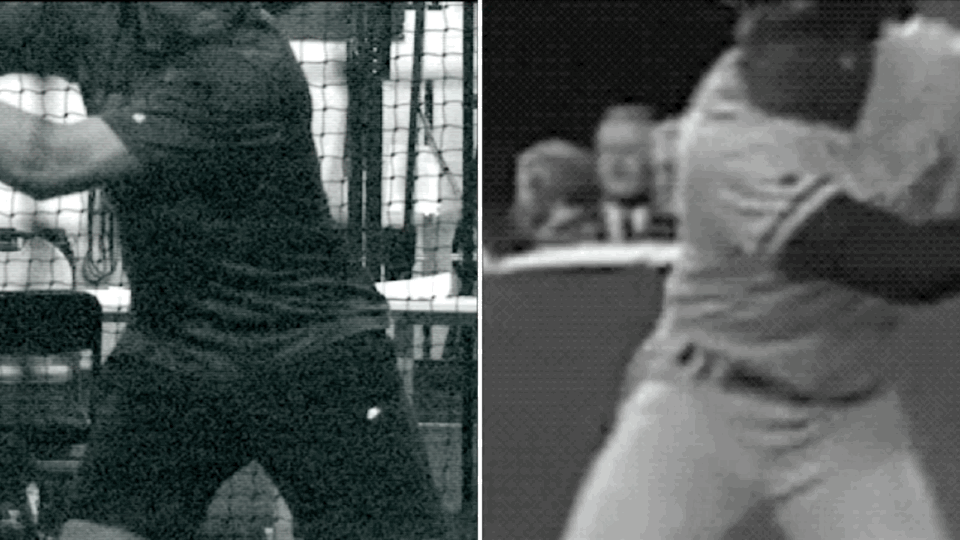
Push vs Turn of the Barrel
To see what Barry’s textbook posture looks like from the front, take a look at this tweet from Max Dutto. Bonds is a great example of how to properly replace forward bend with side bend.
Stole this visual from @JasonOchart Bonds lands with a set amount of forward bend to create an angle to be on plane with the incoming pitch. He then rotates through the pitch and replaces the forward with side bend. Get good at creating and maintaining posture. pic.twitter.com/tnFDmooLs8
— Max Dutto (@MaxDutto_) June 11, 2019
Training
The idea behind Aaron’s next five weeks of training was to increase his bat speed while simultaneously teaching him how to pull the ball in the air with more consistency. The training goals we mapped out for him were:
- Increase average bat speed to 67+mph (during the first week of training his bat speed was at 65.1 mph)
- Peak distance of 400+ ft (assessment max was 382 ft)
- Peak exit velocity of 102 mph (assessment peak was 99.9 mph)
To kick start him on the way towards accomplishing these goals, we worked through this drill progression during his swing design. For his day-to-day training in the main gym, we encouraged him to hit the ball between right-center and the right field foul pole. The thought here was that this external cue should help him develop a powerful pull side swing that will be effective against many different pitches.
I asked Aaron about the training environment at Driveline, and he responded with:
“My favorite part about Driveline is definitely the people there, coaches and players. Not only are the coaches and players ridiculously talented and tough dudes, but the work ethic and environment created by everybody is insane. You can’t find it anywhere else. It elevates everything about your game: your mentality, focus, effort, output, the whole nine yards. The high-intensity game-like reps are sink or swim, you figure out what you’re made of, it’s only for guys that want it bad and are willing to put it on the line to take it.”
One of Aaron’s favorite parts of hitting at Driveline was the weekly Shortbox Tuesdays. Naturally, I couldn’t let him go without finding out who he thought had the best stuff…
“Short box was so much fun, especially with [the] trash can gate experiment and the competitiveness of the coaches. I can’t wait to get back up there and have some more fun on Tuesdays. I’d say the best stuff I saw was between Hetz and Stokey. Hetz has the sidearm flow and Stokey’s slider is gross.”
The Results
When we compare the data from his assessment and his last week in-gym, Aaron saw improvements in almost all of the goals we had set for him.

Aaron’s First vs. Last Day at Driveline
- +1.8 mph in bat speed (65.1 → 66.9)
- +15 ft in peak distance (382 → 397… sorry Aaron, not quite 400!)
- +1.8 mph in peak exit velocity (99.9 → 101.7)
Transitioning to the Season
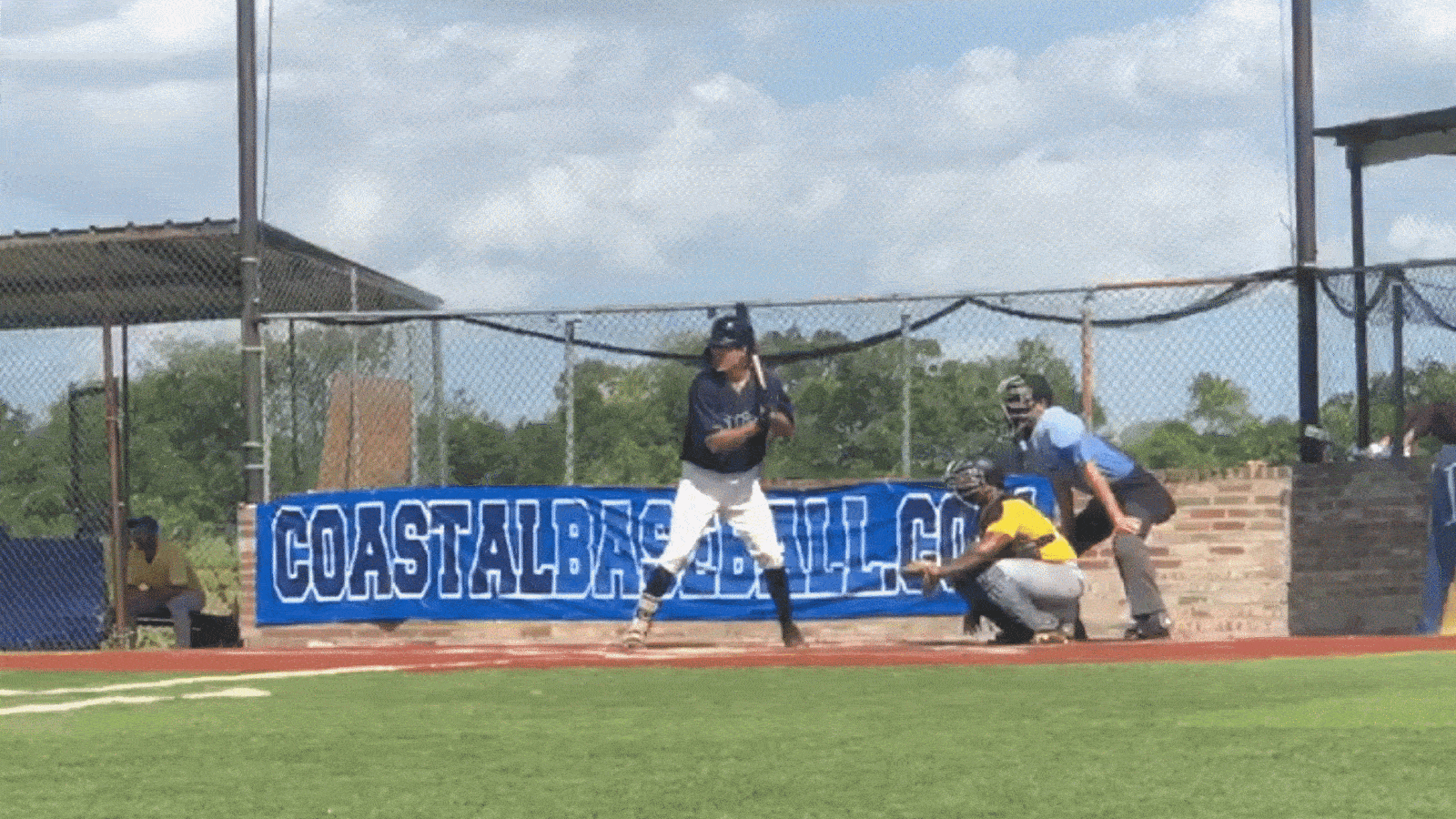
Aaron is currently playing for the Salina Stockdale of the Pecos League, where he is off to a hot start (to say the least):
- .419 AVG / .500 OBP / 1.000 SLG which is good for a 1.500 OPS.
- 13/31, 4 2B, 3 3B, 3 HRs, 12 runs, 13 RBI, 5 SB
Train at Driveline
Interested in training with us? Both in-gym and remote options are available!
- Athlete Questionnaire: Fill out with this link
- Email: [email protected]
- Phone: 425-523-4030
By John Soteropulos – Hitting Trainer
Comment section